Mealybugs flourish in hot and humid conditions. They can survive the winter on their own, and when it gets warmer again, they go back to infested plants they have already attacked. Mealybugs are not only the most frequent sap-eating pests, but they’re also recognised for transmitting viruses.
They produce a wax-like white, powdery coating that shelters them and protects their eggs as they multiply. It gives them the appearance of a large pile of soft, white cotton. Plants that have mealybugs eating on them appear deformed and feeble. Symptoms include yellowing leaves, curled foliage, and the loss of flowers, buds, and fruits.
How to Prevent the Spread of Mealybugs
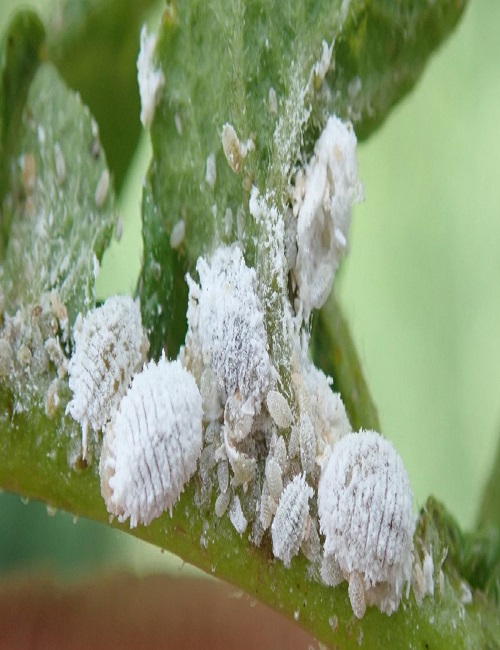
To begin, keep a close eye on the soil as you plant. Avoid using plantlets that have already been contaminated, and keep a close eye on any fresh plants you bring in.
Examine the Plants Constantly
Bugs might be found early if you inspect your plants frequently. To get rid of the first infestations, use water spurts.
Avoid excessive watering of your plants
Make sure your plants aren’t overwatered or kept constantly wet. As previously mentioned, these bugs multiply more rapidly in moist, humid environments.
Pruning
It’s possible that pruning can assist get rid of the cotton mass insects, too. Remove any leaves or petioles that appear to be diseased. This will aid in the prevention of their further spread.
Ants
Reduce the ant population in your garden or in the areas where your houseplants are kept. Feeding on the sap of plants, mealybugs emit honeydew, which ants use as a primary food source.
Ants defend mealybugs against predators and carry them to new plants. Thus, the infestation grows.
How to Easily Get Rid of Mealybugs
Neem Oil
To a litre of lukewarm water, add 1/2 teaspoon of Neem oil and 1 teaspoon of mild liquid soap and mix. Spray the solution directly on the pests after filling a spray bottle with it. After a few applications, the mealybugs and other pests and fungi can be gradually eliminated. However, you must continue to do so on a regular basis until the issue is resolved.
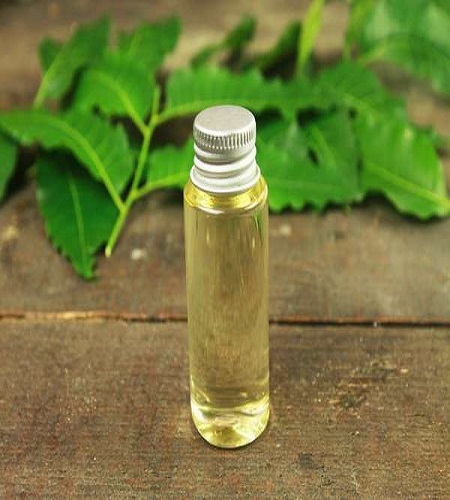
Insecticidal Soap
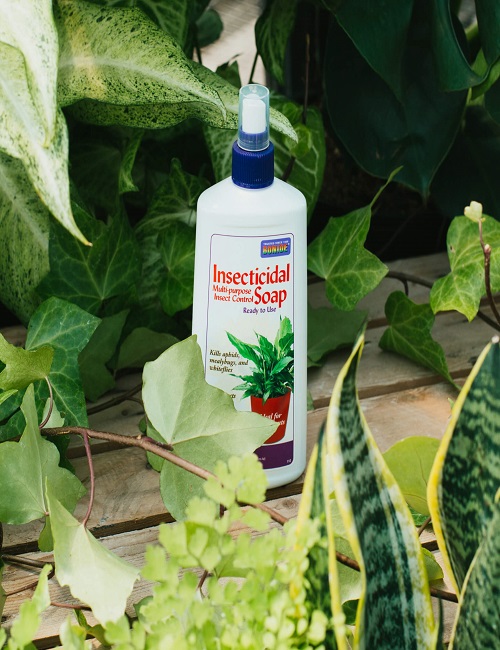
A liquid soap free of odours and additives such as Insecticide can be used to remove mealybugs. Mix 2 tablespoons of soap into a gallon of water and spary. Depending on how bad the infestation is, you may need to add more soap.
Rubbing Alcohol
Q-tip cotton swabs soaked in rubbing alcohol can also be used to treat minor breakouts. The plants can also be treated with rubbing alcohol and soap water.
Wood Ash
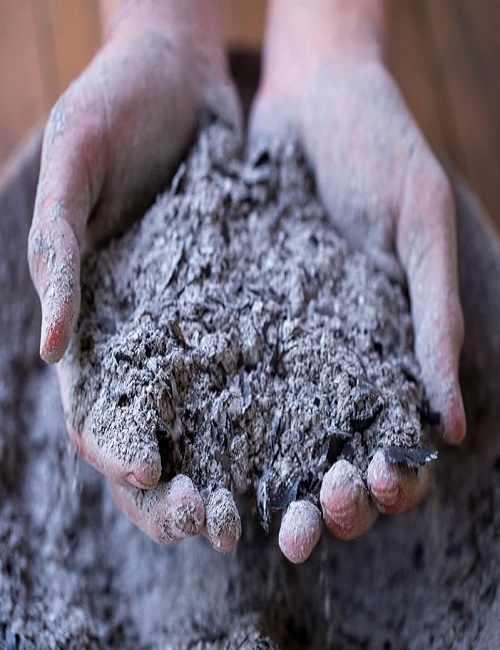
Mix 2 cups of water with a handful of wood ash, then spray the mixture directly on mealybugs or sprinkle the powder over the damaged plants to kill them. Take care not to apply too much. Desiccating them with wood ash helps rid your plant of pests.
Apple Cider Vinegar
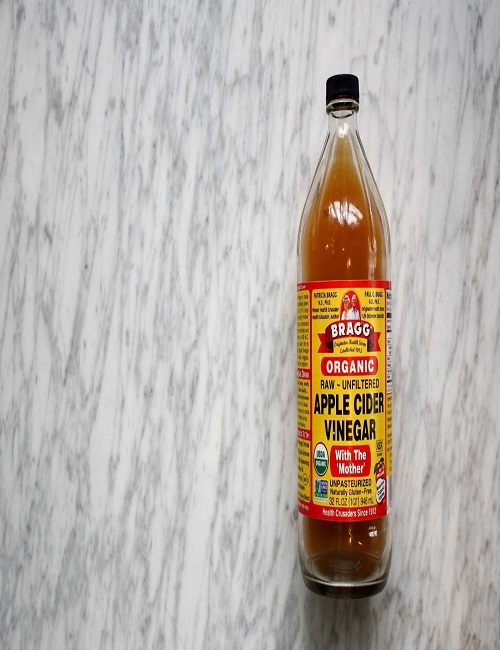
Mix equal parts water and Apple Cider Vinegar and spray it directly on mealybugs. They’ll be dead in minutes.
Diatomaceous Earth

To use, simply sprinkle the powder over the mealybug-infested regions. Within 48 hours, it dehydrates and kills these pests.
Essential Oils
In a litre of lukewarm water, combine 1/2 tsp. each of peppermint, citrous, and thyme essential oils with 1 tsp. of mild liquid soap. Spray the mealybugs with this solution after shaking it thoroughly.
Attract Friendly Insects
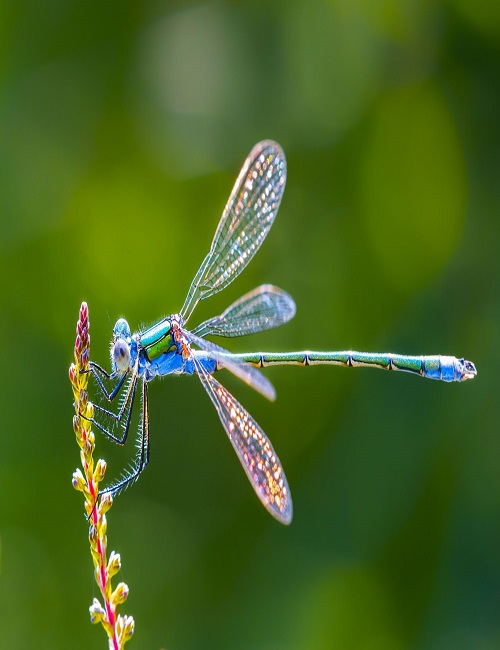
Mealybug-eating insects can function as garden “guardians,” protecting your plants from pests. Insects such as ladybugs, lacewings, dragonflies, and pirate bugs help keep mealybugs away.
Make Use of Leftover Wine
To get rid of mealybugs, soak a cotton ball in leftover wine and dab it on them once a week until the infestation is gone.
Coconut Oil
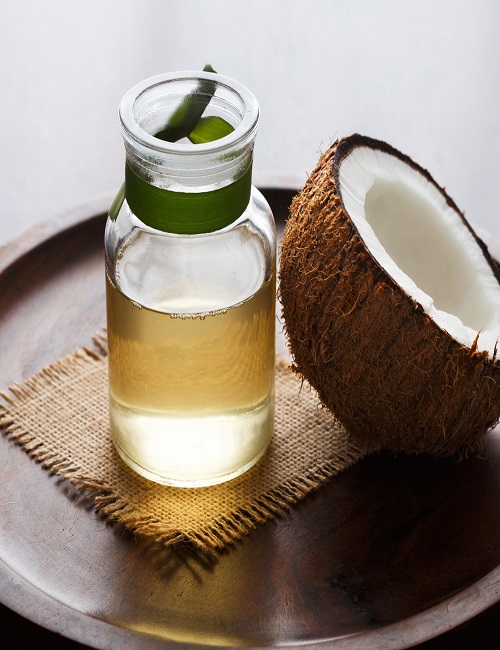
To get rid of mealybugs, you can also use coconut oil as an organic pesticide. In 2 litres of water, combine 2 cups of coconut oil, 1/2 tsp. liquid soap, and/or 1/2 tsp. neem oil (optional). Spray the mealybugs directly with the solution.

